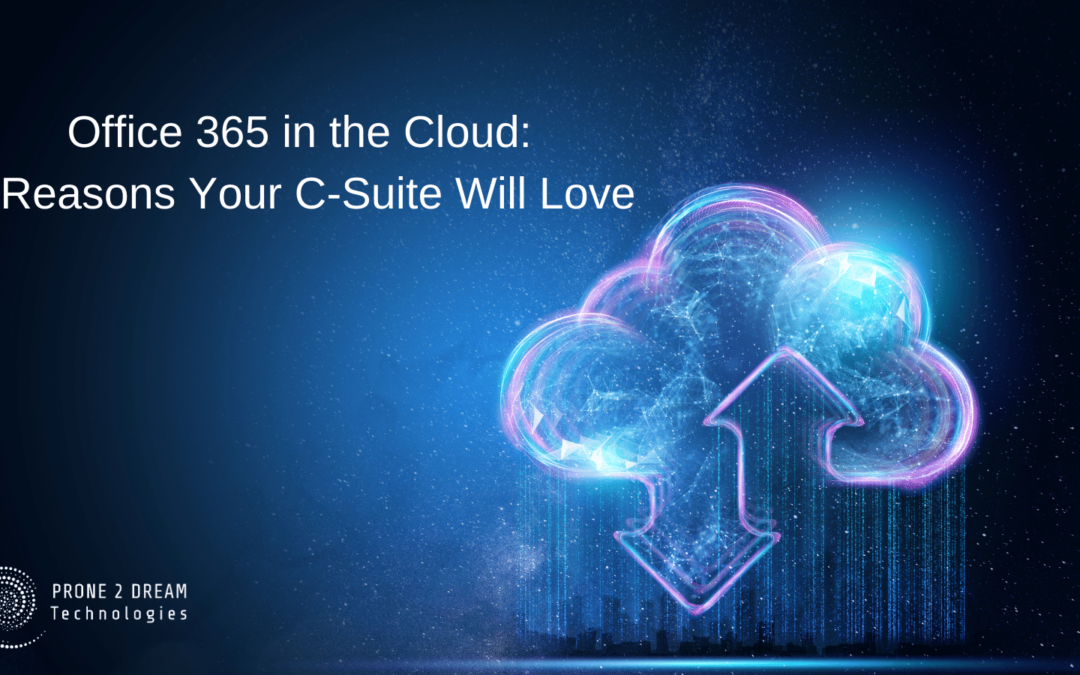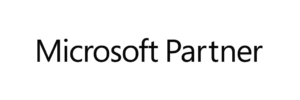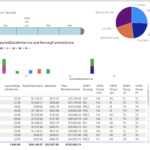
Microsoft Teams: Optimize the Cloud User Experience
The pandemic has forced all of us to manage a remote workforce, but many of these transitions were rushed and without a plan. Take time now to evaluate how you can optimize the cloud user experience – for everyone in your organization.
The good news – If your company uses Microsoft (and who doesn’t?) you already have so many tools within that suite that you don’t need to be spending additional funds and training time on external programs and apps. (Check out our recent article about how optimizing Microsoft lowers your total cost of ownership of IT.)
Plus, Microsoft Teams is the ultimate collaboration hub – bringing groups of people around ideas and projects, no matter where they’re located.
We’re seeing that many companies are using Teams, but not to its fullest potential. Your Microsoft Teams environment has a wealth of benefits…
…all included with your license:
- Virtually brings people around ideas. The ability to assemble the right people to brainstorm, plan, collaborate, and document, with no geographic constraints – this is optimizing the cloud user experience. Teams has built-in organic efficiencies so a project lead can assemble his/her private group where only these individuals have access to the work in progress.
- Video and audio conferencing and recording. There are other platforms providing these services, but wouldn’t you rather hold these meetings within your own secure environment? Using Teams, you can optimize the cloud user experience for everyone – record the meeting, download transcripts, easily review sections of the video, memorialize the session.
- Fully secured business platform with private hosting. Teams is a secure, cloud-based infrastructure, fully HIPAA compliant for Healthcare companies. Your organization’s meetings and conversations are private – why have them anywhere else but within your secured environment?
- Memorialization of instant messages. Wonder what happens to those casual chats where ideas are hatched? Teams provides a chat channel within each specific team for those project-related spontaneous conversations. Nothing gets lost – chats, ideas, comments are all saved within the project.
- Shift of control – into the right hands. Before the cloud, data storage was in the hands of the IT department. Using Teams, the project leaders have control of all the proprietary information related to a specific project.
- Quarterly compliance documentation. Your projects need to follow compliance standards. With Teams, you easily store, submit, review critical reports, securely.
Say good-bye to the yellow folder
Let’s look at an example of Teams in action: 
Your company has a new challenge that needs a solution, fast. Yet the challenge is complex and requires innovation. You select two of your most creative-minded individuals as project leads and ask each of them to come up with a solution.
They each create their Team, and give it a name. They invite individuals of their choice to be part of the team. They schedule meetings, open a chat conversation, start brainstorming. The team devises a strategy, their goals, their timeline, project specs, documents – all stored within their team. Totally private and secure. All the project work, memorialized, in one place. When it’s time to present their solution, they can invite others into their private environment, even if those individuals are external to the organization.
This is oversimplified, of course, for demonstration of optimizing the cloud user experience. As the business owner, you set the parameters for starting a team, such as “one member of the C-suite must be included in each team”. Ultimately, each user within a team shines – their collaboration efforts memorialized, with no lost documents, no forgotten casual chats.
As a Microsoft Partner, Prone 2 Dream’s goal is to help our clients fully optimize the tools they already have within their Office 365 suite. (You’re already paying for it – utilize it to lower your total cost of ownership!)
Start the new year off right by optimizing Microsoft Teams and create a better cloud experience for your organization. Contact us today for a complimentary assessment.










